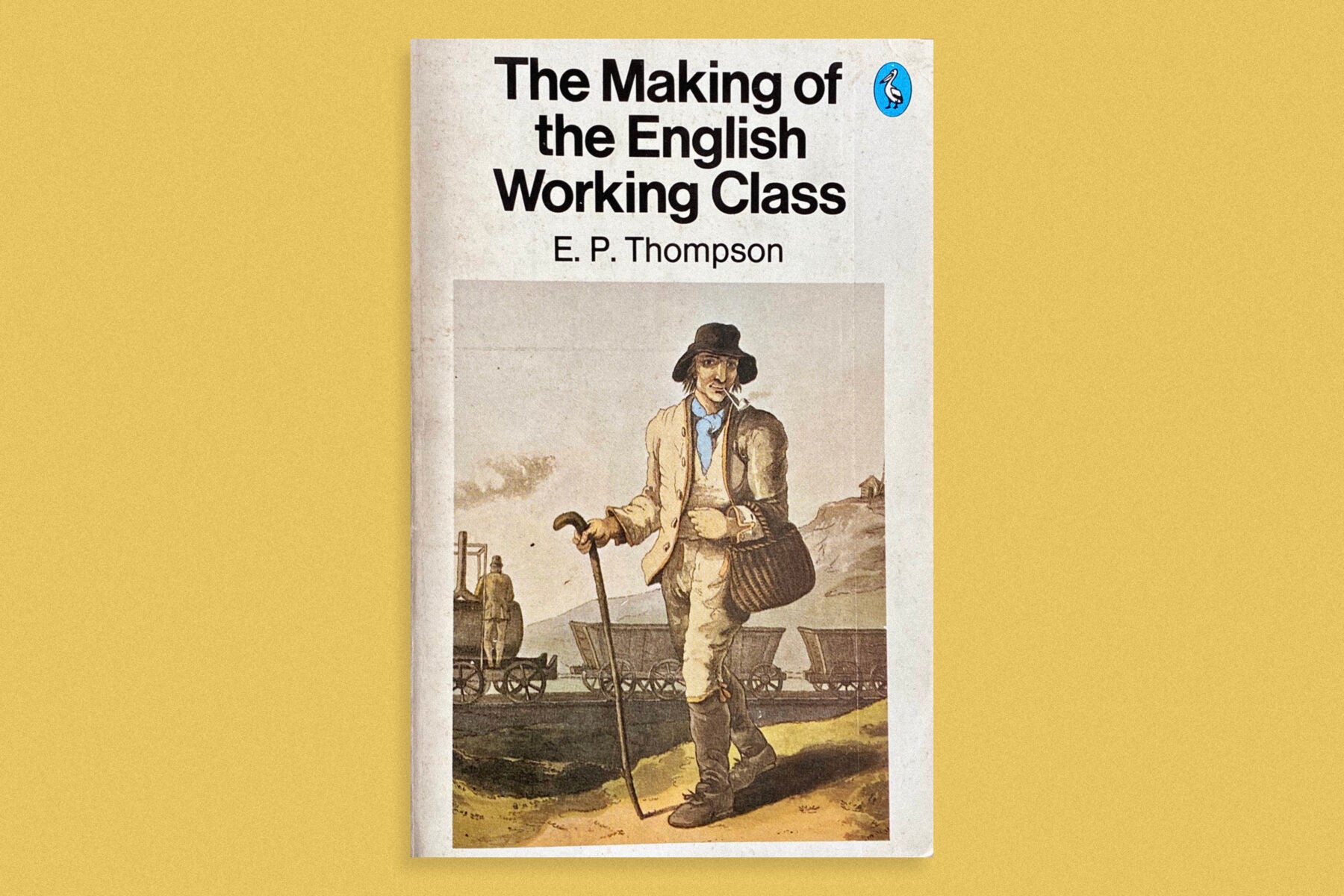Social mobility is central to the concept of meritocracy. Daniel Laurison and Sam Friedman’s analysis of data from the United Kingdom, though, puts an asterisk on what it means to achieve occupational upward mobility, finding people from working-class backgrounds bumping up against a “class ceiling” analogous to the glass ceiling women famously face in the workplace.
Laurison and Friedman analyze data from the UK Labour Force Survey, finding, first, that mobility into the top level of National Statistics Socioeconomic Classification (NS-SEC 1) professions isn’t even. NS-SEC 1 professions include “[h]igher managerial, administrative, and professional occupations,” such as lawyers and doctors but also engineers and accountants—and there are significant differences in the rates of mobility into the different occupations.
The jobs that have historically had more job security and cultural capital remain the most likely to be occupied by intergenerationally stable people, those whose class status as adults was the same as that of their parents. So “children with parents in medicine and law are 21 and 18 times (respectively) more common in these fields than in the population” and “53 percent of doctors are the children of higher managers and professionals.” But some other, less historically high-status NS-SEC 1 professions, including a number of technical professions and public sector occupations, are more accessible for people from working-class origins. The broad category of NS-SEC 1 jobs therefore covers up more nuanced class sorting.
Laurison and Friedman’s second major finding is that intergenerationally stable people earn more than people from working-class origins who have moved into NS-SEC 1 professions. It’s a substantial difference: Upwardly mobile people in these jobs earn 17 percent less—up to £7,350 (US$11,000) per year.
More to Explore
E. P. Thompson and the American Working Class
The researchers controlled for a range of variables that could potentially explain this difference: education, training, job tenure, where within the UK they worked, industry, and more. They did find significant measurable differences between upwardly mobile people and intergenerational stable people that accounted for some of the gap. For instance, people from working- or intermediate-class backgrounds were less likely to have higher degrees; more likely to work in smaller firms that paid less than larger firms; and were more likely to work outside of London, which was the highest-paying part of the country. Women faced a “significant double disadvantage.”
Weekly Newsletter
Ultimately, through these variables, Laurison and Friedman were able to account for 46 percent of the class pay gap, but that leaves 54 percent unaccounted for. They suggest more possible variables that the available data did not allow them to investigate, including parental wealth, attendance at elite schools, and powerful social networks. But however many factors could ultimately be identified, they write, “we believe many of the same well-documented processes that disadvantage women and ethnic minorities in the labor market may also affect the upwardly mobile.”








